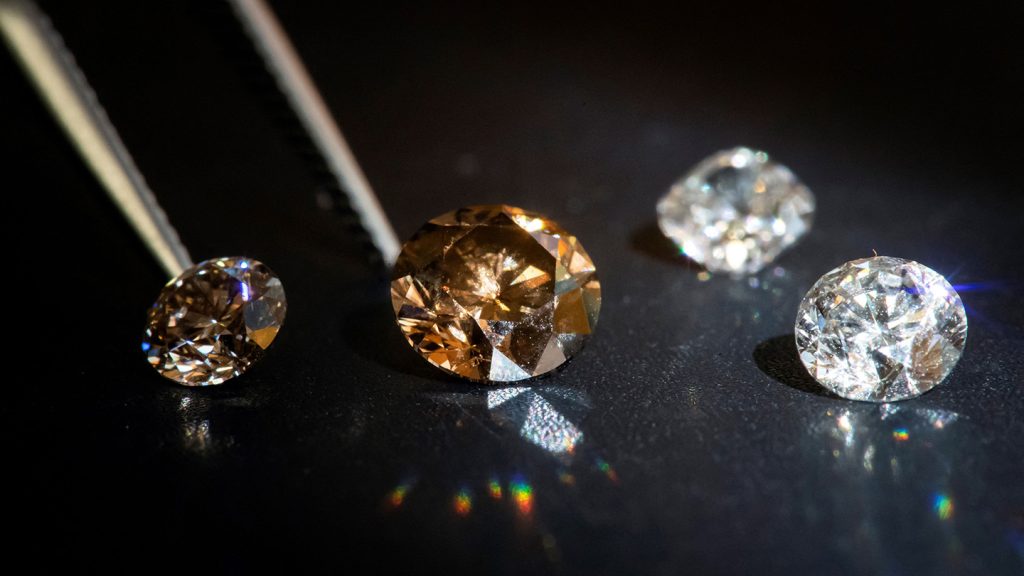A new laboratory technique has been developed that allows diamonds to be grown without the immense pressure required in Earth’s mantle. This technique involves growing diamonds at atmospheric pressure in a liquid of gallium, iron, nickel, and silicon exposed to a gas of carbon-rich methane and hydrogen. The addition of silicon seems to initiate the growth process, leading to the formation of diamonds at lower temperatures compared to traditional high-pressure and high-temperature growth methods. This innovation could simplify the production of diamonds for various applications, including sensing magnetic fields and searching for new subatomic particles.
The traditional method for producing synthetic diamonds, known as high-pressure and high-temperature growth (HPHT), involves approximately 5 gigapascals of pressure, similar to the conditions in the Earth’s upper mantle where natural diamonds form. With the new technique, diamonds are grown at much lower pressures, eliminating the need for expensive or complicated equipment. This breakthrough could potentially revolutionize the process of generating diamond materials without the reliance on diamond seeds to kick off growth, like in other diamond production methods such as chemical vapor deposition (CVD) and HPHT.
While CVD and HPHT are commonly used in the jewelry industry for producing diamonds, the new laboratory technique offers a novel and potentially more accessible way to create diamonds. The method does not require a seed diamond to initiate growth, distinguishing it from other established diamond growth techniques. It remains to be seen whether the new technique will impact the diamond industry and the production of diamonds used in jewelry.
The demand for diamonds extends beyond the realm of gemstones, with scientists utilizing diamonds in various scientific applications. From sensing magnetic fields to exploring subatomic particles, diamonds play a crucial role in scientific research and technology. The development of this new diamond-growing technique could make the production of diamond materials easier and more efficient for such applications. The potential impact of this innovation on scientific research and industrial processes remains to be explored in the future.
Overall, the new laboratory technique for growing diamonds under atmospheric pressure in a liquid mixture represents a significant advancement in the field of materials science. By simplifying the process of diamond production and potentially reducing the cost and complexity associated with traditional methods, this innovation opens up new possibilities for using diamonds in various scientific and industrial applications. The future implications of this technique on the diamond industry and scientific research are anticipated to be substantial, paving the way for further advancements in diamond technology and innovation.


